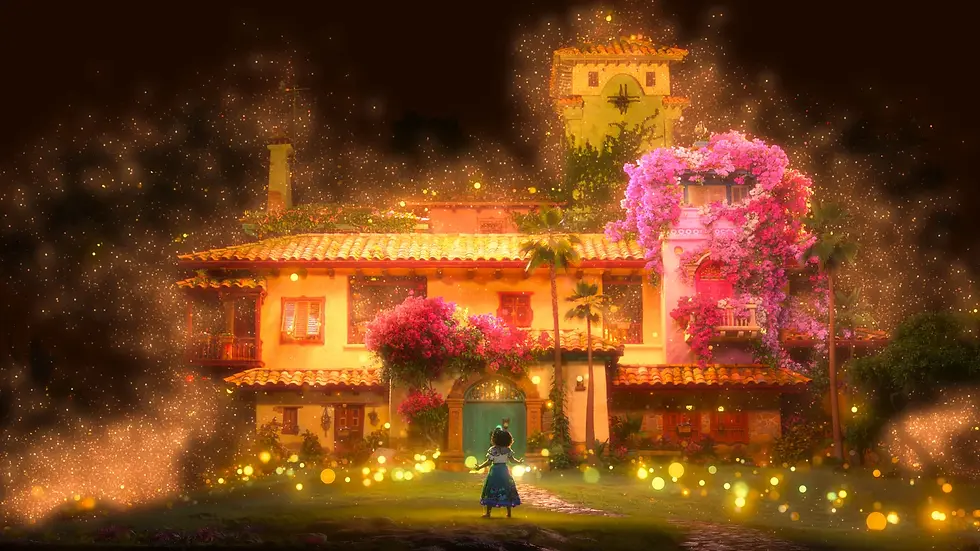Flowers in Disney's Encanto (Spoilers!)
- Kaitlin Simpson
- Oct 29, 2022
- 2 min read
This blog post comes from a Twitter thread I created in response to a "Historians at the Movies" event earlier this year.

We all love Disney. The catchy songs, beautiful animation, feel good stories about families, princesses taking matters into their own hands, love, and cute animal side-kicks. For the first fifty years or more of Disney animation, however, drew its inspiration from European fairytales. More recently, however, Disney has been doing a better job at incorporating more and more diverse regions into their film pantheon, from Southeast Asia in their recent Raya and the Last Dragon, to Polynesia in Moana, to Latin America in Coco and Encanto.
When I first saw Encanto, I fell in love with the songs, the characters, Mirabel's tenacity and caring heart. But as a historian of cut flowers in Colombia and the United States, what fascinated me most was the interesting representation of Colombian floriculture in this film.

In the film, Isabela, the oldest of Mirabel's sisters, has the magical power of creating flowers - a symbol of her beauty and perfection. But her perfect flowers, roses, carnations, bougainvillea, hide the pressure she feels to maintain her idyllic nature and do what is best for the family - even marrying a man she doesn't love. But with Mirabel's encouragement, she puts aside the need to produce perfect flowers.
Instead, Isabela begins to create more "authentic" types of flowers, those native to the incredibly diverse Colombian floriculture ecology. This includes cacti, jacarandas (Jacaranda mimosifolia), strangler figs (Ficus aurea), and even the carnivorous sundew (Drosera intermedia).

Colombia has a unique floral history. Flowers have long represented ideas of beauty/purity in Colombia, alongside carrying religious significance. As in the movie, flowers often adorn homes in Cartageña or Barichara, and Medellín is famous for its Fería de las Flores each year.

But since the 1960s, flowers have taken on a special role within the Colombian economy - as a global exporter of commercial cut flowers. Colombia is the second largest exporter of cut flowers in the world and today the Colombian cut flower industry is worth over $1.47-billion. Most Colombian flowers (about 80%) ship to the United States. Much like Isabela, flowers are supposed to be "perfect." Seeds bred for beauty, sturdiness, and longevity grow in tightly controlled greenhouse environments - almost as far from "nature" as agro products can get
Most workers within the Colombian (and global) cut flower industry are women. And while things are improving, these women often work under the pressures of long hours, seasonal labor, and difficult working environments to ensure that we get our perfect flowers here in the US.

Yet, for boosters within the industry, cut flowers represent an important symbol of a new and "modern" Colombian agricultural sector - one focused on technologically-driven, non-traditional agro. exports as a means to economic improvement and to combat rural unrest.
To me, Isabela's dilemma between producing perfection or something more true to herself reflects the intricacies of Colombia's own use of perfect flowers as a means of economic growth and social/political stability. And some of the difficulties that accompany this decision.




Comments